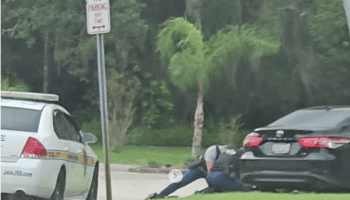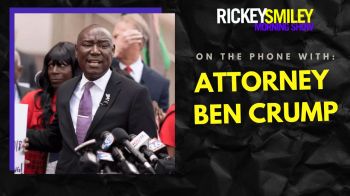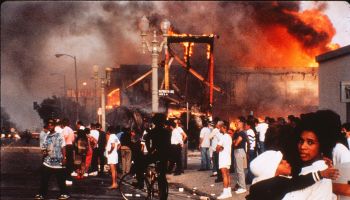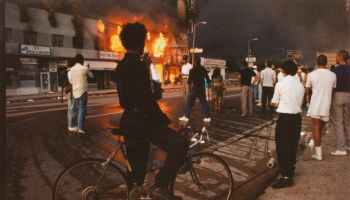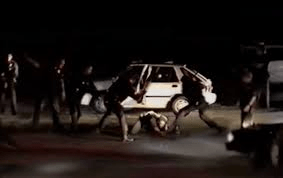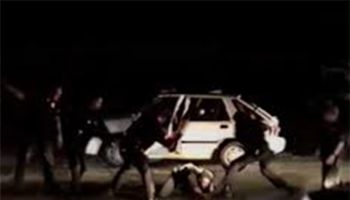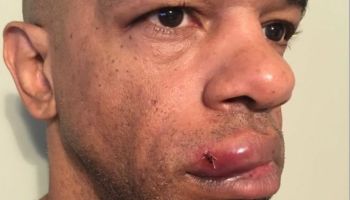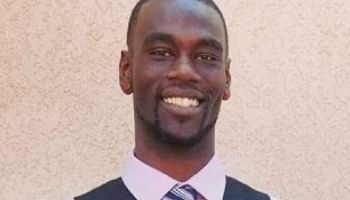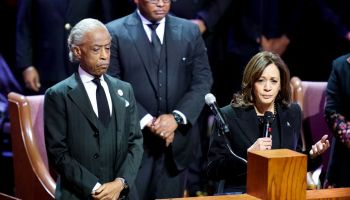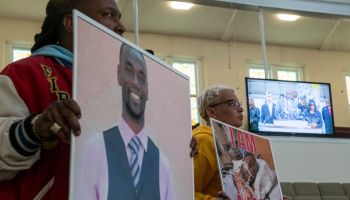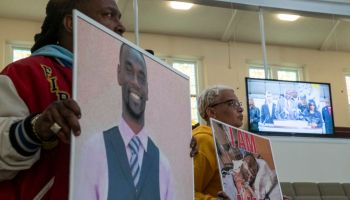Ben Crump describes what he witnessed after seeing the Tyre Nichols footage that the police plan to release to the public today.
This year marks the 30th anniversary of the Los Angeles riots and the past can still teach us lessons. Here are five important facts about the ‘Rodney King Riots’.
The “Rodney King Riots,” also known as the “Los Angeles Riots,” began April 29, 1992, after four LAPD officers were acquitted of charges in the savage beating of the unarmed Black motorist that was recorded on video. The racially sparked riots lasted more than six days, with thousands of Angelenos taking to the streets in an especially violent display of protest. Fifty-three people were killed and more than 2,000 were said to be injured.
George Holliday, the man who filmed the beating of Rodney King in Los Angeles on March 3, 1991, has died from COVID-19.
The anniversary of Rodney King's beating drew attention to how the culture of police brutality in Los Angeles, in particular, has seemingly gone unchecked since the horrific video went viral in 1991.
The criminal trial of three white police officers charged with beating a handcuffed undercover Black detective during the 2017 protests in St. Louis is testing the so-called Blue Wall of Silence as officers have begun turning on one another.
Tyre Nichols' autopsy results are consistent with claims he died from injuries sustained during a "severe beating" from Memphis police, his family's attorneys said.
Tyre Nichols' funeral was held in Memphis weeks after he died from injuries sustained during a brutally violent arrest. See photos here.
Despite countless incidents in the intervening 30 years, police accountability continues to be sidelined in favor of unchecked funding increases.
The homegoing service is Wednesday in Memphis.
The Memphis Fire Department fired three workers for failing to render aid to Tyre Nichols following a violent traffic stop on Jan. 7. They were previously "relieved of duty" pending the outcome of an investigation.
